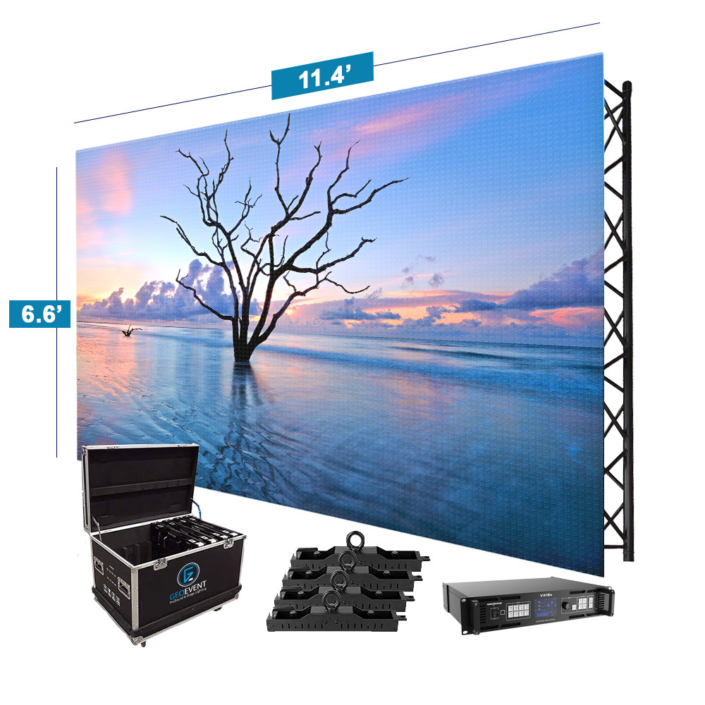Investigating The Way Resolution Influences the Functionality and Visual Caliber of LED Walls in Contemporary Display Technology
Investigating The Way Resolution Influences the Functionality and Visual Caliber of LED Walls in Contemporary Display Technology
Blog Article
LED screens are becoming increasingly common in different settings, from concerts and sports competitions to business presentations and art exhibits. One of the key crucial elements that affect the performance and image quality of these displays is resolution. Resolution refers to the number of picture elements that compose the visual on the display. Increased image clarity means more pixels, which can lead to sharper and crisper visuals. Grasping how image clarity impacts LED screens can assist users make informed decisions about their screen requirements.
When discussing resolution, it is essential to consider pixel pitch, which is the distance between the midpoint of one picture element to the midpoint of the following pixel. A smaller pixel pitch results in a higher resolution, enabling additional clarity in the images displayed. For example, an LED wall with a pixel spacing of 1.5mm will offer a sharper image than one with a pixel pitch of 3mm. This is particularly crucial in environments where audiences are near to the display, such as in a compact venue or a trade event booth. In these cases, a greater resolution can significantly enhance the observing quality.
Another aspect of resolution is its effect on hue precision and brightness. LED walls with higher resolutions often have superior hue reproduction, indicating that the colors displayed are more lively and realistic. This is essential for applications like marketing, where the goal is to capture interest and convey a message efficiently. Additionally, greater resolution displays can preserve luminosity levels even when viewed from different perspectives. This is important in large locations where viewers may be seated at various ranges and angles from the screen.
The functionality of LED screens is also affected by image clarity in terms of update frequencies and reaction durations. A greater image clarity screen can support quicker refresh rates, which is essential for dynamic content such as videos and animations. This means that the images on the screen will look more fluid and increasingly seamless, improving the total observing quality. In contrast, lower resolution displays may struggle with fast-moving material, leading to blurriness or lag. Therefore, for events that rely on dynamic images, selecting a screen with a appropriate image clarity is critical.
In conclusion, resolution plays a vital role in browse this site determining the performance and image clarity of LED screens. Elements such as picture spacing, color precision, luminosity, update frequencies, and response times all contribute to how effectively a screen can communicate data and capture viewers. As technology continues to advance, understanding these factors will help users select the appropriate LED screen for their particular requirements, ensuring that they achieve the best potential outcomes in their displays and occasions.